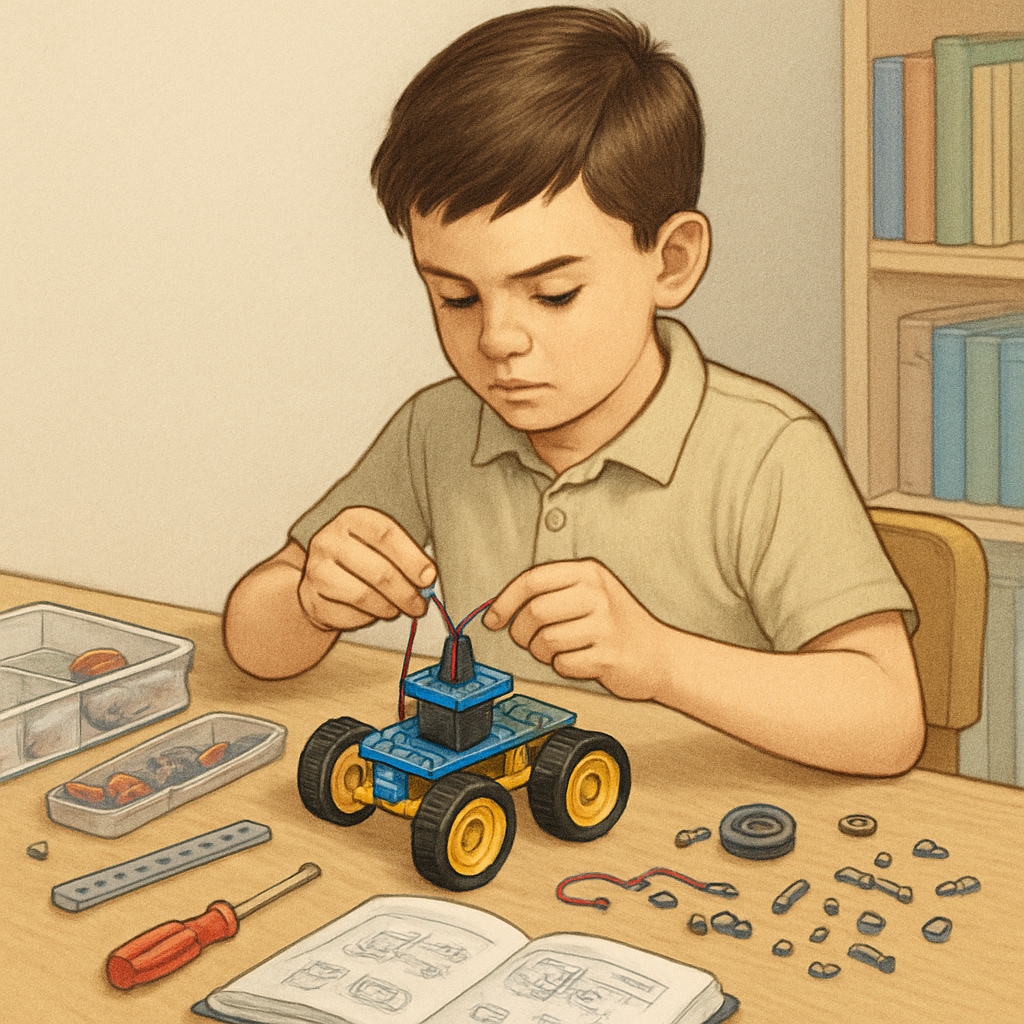For young children with a flair for creativity, education choices, and early development opportunities are crucial to nurturing their potential. If your four-year-old boy loves experimenting with building blocks, exploring circuits, or constructing makeshift robots, a one-size-fits-all education approach may not suit his needs. Instead, tailored methods can help preserve his innate curiosity while ensuring a well-rounded development.
Understanding the Needs of a Hands-On Learner
Hands-on learners thrive when they can actively engage with their environment. They learn best through tactile experiences, experimentation, and trial-and-error problem solving. This is especially true for young children who exhibit an early interest in STEM (science, technology, engineering, and mathematics). For parents, recognizing this learning style is the first step toward providing an education that fuels both creativity and growth.
Traditional education often emphasizes structured curriculums, worksheets, and rote memorization, which may not resonate with children who prefer dynamic, interactive learning. Instead, focusing on experiential learning opportunities can help maintain their enthusiasm and curiosity.

Creative Education Choices for Early Development
To support a hands-on learner, parents can explore several creative education options that align with their child’s interests:
- Montessori Schools: These schools emphasize self-directed activities and tactile learning, allowing children to explore their environment at their own pace.
- STEM-Focused Activities: Enroll your child in beginner robotics or coding workshops designed for preschoolers. These programs introduce foundational concepts in a playful way.
- Maker Spaces: Seek community maker spaces where children can work with tools, build projects, and interact with peers who share similar interests.
- At-Home Experiments: Incorporate DIY science experiments or engineering challenges at home. For example, create a simple circuit using batteries, wires, and light bulbs.
These alternatives not only support hands-on learning but also encourage the development of essential life skills such as critical thinking, creativity, and collaboration.

Balancing Creativity with Holistic Development
While fostering creativity is essential, it is equally important to ensure your child achieves a balanced development. Here are some strategies to consider:
- Encourage Physical Activity: Hands-on learners often benefit from activities like building obstacle courses or participating in sports, which improve coordination and physical health.
- Incorporate Arts and Music: Balance STEM-focused activities with artistic ones, such as painting, crafting, or learning a musical instrument. These activities nurture emotional intelligence and creativity.
- Focus on Social Skills: Hands-on learners may prefer working solo, but collaborative projects can teach teamwork and communication skills.
- Introduce Reading and Storytelling: While your child may prefer building over reading, incorporating engaging storybooks about inventors and scientists can inspire them while improving literacy skills.
By combining these elements, parents can create an environment that supports both academic and personal growth.
Looking Ahead: Long-Term Benefits of Hands-On Learning
Investing in the right education choices for your child’s early development can have long-lasting benefits. Hands-on learning fosters a growth mindset, where children view challenges as opportunities rather than obstacles. This approach not only prepares them for academic success but also equips them with the resilience and adaptability needed in life.
Moreover, nurturing creativity and curiosity from an early age can lead to a lifelong passion for learning. Your four-year-old’s fascination with circuits and robots today may evolve into a career as an engineer, scientist, or inventor in the future. By supporting his unique learning style now, you are laying the foundation for his success.
In conclusion, creativity, education choices, and early development go hand in hand for hands-on learners. By recognizing your child’s unique strengths and providing an environment that encourages exploration, you can help them thrive both academically and personally. Whether through Montessori schools, STEM workshops, or at-home experiments, the right education path can transform your little tinkerer into a confident, innovative thinker.
For more information on fostering creativity in young learners, visit Creativity on Britannica or explore the benefits of hands-on learning on Experiential Learning on Wikipedia.


